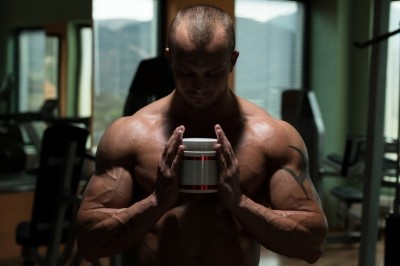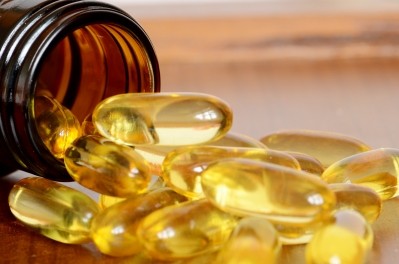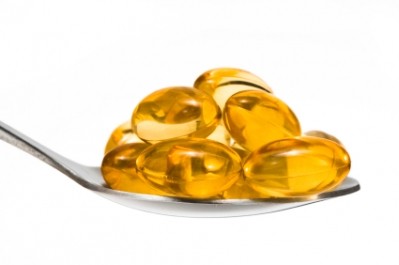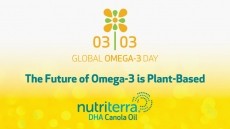Omega-3 in sports nutrition: Science is 'exciting and promising, but still emerging'
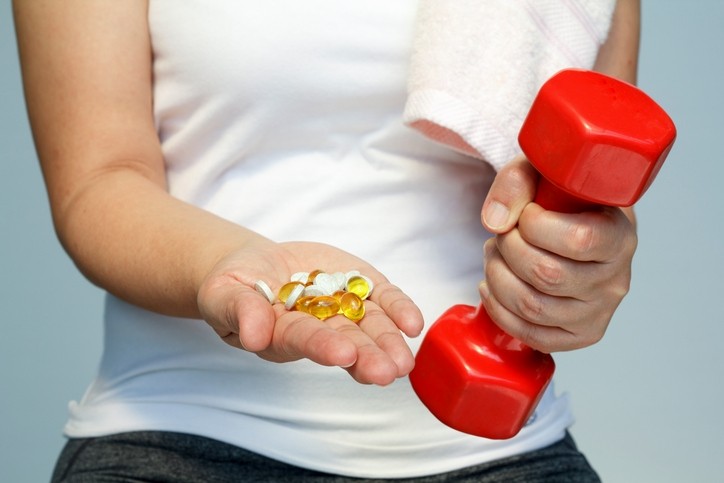
“I would classify the science supporting omega-3s' (EPA/DHA) sports nutrition benefits as exciting and promising, albeit still emerging,” Harry Rice, PhD, vice president of regulatory and scientific affairs at the Global Organization for EPA and DHA Omega-3s (GOED), told us.
“The reality is that, while omega-3s may help increase certain types of performance, for example cycling, running, and so on, or provide some other ‘sports-related’ benefit like recovery, it's really too early to draw any conclusions,” he added.
“The research is in its infancy and any benefits may be specific to a particular population, like elite athletes versus weekend warriors.”
Evidence builds from priming skeletal muscle to recovery
Dr. Hector L. Lopez, an expert in sports nutrition and CMO for The Center for Applied Health Sciences, told us that “as a category, I've seen omega-3 fats becoming part of the base or foundation of the sports nutrition supplementation pyramid over the last decade.”
His work offers him a front-seat view of studies on omega-3s linking it to sports nutrition benefits. “Evidence has accumulated on their use for everything from priming skeletal muscle anabolism (gains in muscle mass), to supporting an optimal change in body composition (fat to muscle ratio), to augmenting recovery from intense exercise, to enhancing skeletal muscle strength and neuromuscular function,” he said.
Among the recent studies on performance and recovery similar to what Dr. Lopez described is one by Aker BioMarine, which found a positive relationship between omega-3 supplementation, thigh strength during cycling, and recovery among triathletes.
“Moreover, recent data has even demonstrated improvements in choice reaction time, exercise efficiency with respect to oxygen utilization and respiratory health function in exercise-induced asthma,” Dr. Lopez added.
Omega-3 in sports nutrition more for its role as an essential nutrient
Irrespective of the maturity of studies on omega-3 and sports, the experts we spoke with say that omega-3 supplementation among athletes or weekend warriors mainly target general wellbeing.
“The broad benefits for athletes and beyond stems from the ‘essential’ nature of omega-3 fatty acids, as the body lacks the capacity to synthesize omega-3 fats, and must therefore consume them from their diet,” Dr. Lopez said.
Echoing his sentiments, Dr. Rice said “regardless of the potential sports-nutrition-related benefits, everyone should get at least 500 mg/day of EPA+DHA through their diet or supplementation.”
That mindset also seems to be what drives omega-3 supplement sales in the sports category—according to Andy Swanson, manager of regulatory compliance at Bodybuilding.com, the most popular claims around omega-3 is in general wellness, “many of which are based around heart health.”
He also added that “some brands choose to let the essential fatty acids speak for themselves and not use claims with their product.”
Product development still low, but rising
In the sports space, omega-3 isn’t a superstar ingredient like protein powder or pre-workout blends. Data shared by Bodybuilding.com indicated that omega-3s are 8th in terms of sales, making up roughly 1.4%.
In terms of units in its inventory, omega-3 products rank 9th, making up 2.2%.
Similarly, data from Label Insight, a Chicago-based tech firm that collects data from labels, revealed that omega-3 is more easily found in products like cereal or bakery items. When it comes to performance nutrition, omega-3 in protein and recovery bars ranked the highest (5th) in terms of product development.
As the science continues to build, more manufacturers are developing omega-3 products positioned for performance.
An example of a recent product launch is Coromega’s high omega-3 packets, Coromega Max, which COO Andrew Aussie described as a “fresh new direction for our brand and really speaks to the athletic and active audience.”
Aussie told us that the product is positioned for muscle recovery and inflammation reduction, especially among high-endurance athletes. The delivery format—squeeze packets of creamy, sweet omega-3 oil—is a main differentiator foor them.
“We’ve had many athletes tell us that they don’t enjoy taking the levels of omega-3s they know they need to be taking because of the way it’s packaged, usually in soft gels which tend leave a bad aftertaste and oxidize quickly.”

